In the previous article, we dove into the current Director General of the World Health Organization (WHO) Tedros Adhanom Ghebreyesus. If you missed that you can read it here, though this article stands alone.
In this post the goal is to paint a broader picture of the controversies surrounding the WHO over the years. It ballooned in size because the more you dig the more you find, so it will be split to two parts.
The goal of this is to make a more critically informed decision on whether we really should be looking to this organization as the authority on health in the COVID19 pandemic or any other matter of health.
But first a little bit of how I feel it is best to think about the WHO, or any large organization.
Who Controls the WHO?
Is it China? Is it Bill Gates? Is it Big Pharma? (Many people are latching straight onto their favorite enemy right now.)
But control is not a useful word to be using. The world is messy. Lots of people want to dismiss any “conspiracy theories” because they often point out that control of something so complex, or too many people involved which would be complicit, that this idea is ludicrous.
And I agree with that for the most part. Systems are complicated with many interlocking parts.
That’s why the way I see it, it’s not so much about control as about influence.
If Big Pharma can get policies and decisions swayed in their favor just 10% of the time, as I’ll prove shortly they’ve done over and over again, that gives them an unfair advantage. If one high-up person is “in their pocket” and they make a decision on a policy that has lasting impact this has occurred.
This then means through time they’ll continue to benefit allowing for more similar actions to be taken. In other words, the 10% compounds over time.
It also means that the one person becomes two, becomes five. Any degree of corruption at high levels allows for more corrupt people, not less, to gain more power. After all, almost all of these positions are appointed not elected. (And we know elections can be gamed too!)
Corruption spreads. In a backroom deal someone basically says you do this thing for us you’ll get the position. With the position you help us gain more profits and power so we incentivize the next person…
At the same time corruption stops “good people” from being successful. They get locked out in one fashion or another. We’ll see examples of that from employees of the WHO blowing the whistle later on.
If Gates can earmark certain funds he donates to specific projects, and those projects involve buying drugs from companies he is invested in, personally or through his foundation, that’s a serious conflict of interest at the very least. He then gains money that allows him to further influence the WHO. This topic will be explored further in part two.
Understand, because the WHO is a large organization, with about 7000 employees, these kinds of things can be occurring while there are also legitimate, good life-saving projects also being done. It’s not black and white or an either/or thing, it is both/and situation.
Although systems are important, understand that these come down to people making decisions. Thus, it may be best to think of the people involved in a few different buckets:
- There are some really good people that are genuinely striving to solve the world’s health problems.
- There are some that are simply bureaucratic types that may not influence things one way or another. They’re largely just doing their jobs, punching the clock.
- There are some that are undoubtedly and fully corrupt. (Remember, sociopaths exist and they have a higher than average chance of rising in position because of such!)
- There are those that allow corruption in small ways (such as a consultancy fee from a pharmaceutical company). As we know from doctors that attend pharma-sponsored events, meals or receive kickbacks, they make think they’re then making independent choices but their actions show they’ve been swayed. (One study example here.)
The saying is that power corrupts and absolute power corrupts absolutely. With these types of people involved and with money involved, corruption is pretty much inevitable…even if the majority of people are in group one!
The question is not whether the WHO is corrupt or not. Instead the big question is how much corruption is involved? How much harmful influence is involved? This exploration is not exhaustive but is meant to give us some answers to these questions.
Trust WHO
Several things mentioned here I found out because of the documentary Trust Who by Lillan Franck. If you have Amazon Prime you can watch it free.
This video was recently removed from Vimeo a few days ago due to violating their policies. Here you can see comments on this from the producer of the film as well as a clip from inside.
If you’re interested, I suggest watching the documentary soon. Amazon has similarly censored documentaries before due to political pressure so it may not be available there for long. More on increasing censorship surrounding the WHO at the end of this part two.
I report below on several things learned from that documentary, but certainly not everything. And I also share other things that are not covered there at all.
Tobacco Science and WHO Consultants
Tobacco having big effects on health, it has been a major focus of the World Health Organization for a long time.
Of course, tobacco science, lobbying and various other methods were very effective in keeping this from happening for many years. Thomas Zeltner, one of the good guys, chaired a committee which looked at Big Tobacco’s influence on the WHO itself. This resulted in the report “Tobacco Company Strategies to Undermine Tobacco Control Activities at the World Health Organization” in July 2000.
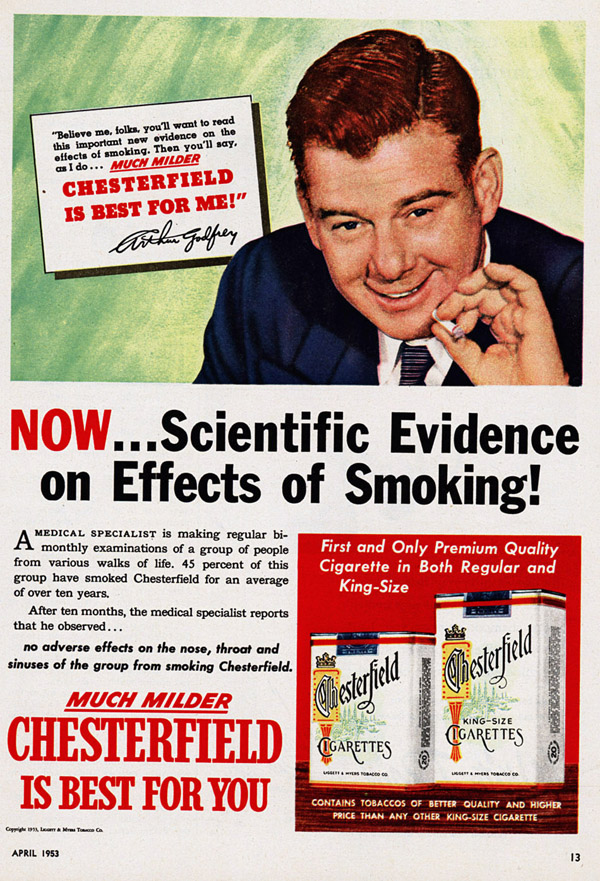
Just a few quotes from inside:
- “Evidence from tobacco industry documents reveals that tobacco companies have operated for many years with the deliberate purpose of subverting the efforts of the World Health Organization (WHO) to control tobacco use. The attempted subversion has been elaborate, well financed, sophisticated, and usually invisible.”
- “In one of their most significant strategies for influencing WHO’s tobacco control activities, tobacco companies developed and maintained relationships with current or former WHO staff, consultants and advisors. In some cases, tobacco companies hired or offered future employment to former WHO or UN officials in order to indirectly gain valuable contacts within these organizations that might assist in its goal of influencing WHO activities. Of greatest concern, tobacco companies have, in some cases, had their own consultants in positions at WHO, paying them to serve the goals of tobacco companies while working for WHO. Some of these cases raise serious questions about whether the integrity of WHO decision making has been compromised.”
- “[T]obacco is unlike other threats to health. Reversing the epidemic of tobacco use will be about more than fighting addiction and disease; it will be about overcoming a determined and powerful industry, many of whose most important counter-strategies are carried out in secret.”
It is so interesting to read through this 260 page document. (I’ve only skimmed it.) The vast majority of tactics and strategies are laid out. It is well-known that Big Tobacco engaged in this type of multi-pronged warfare and propaganda.
But most people just can’t see it being done in other areas like medicine despite lots of proof of it happening.
Captured Agency by Big Pharma
If you’re not familiar with the term, a “captured agency” is a government agency unduly influenced by economic interest groups directly affected by its decisions. With capture those groups are able to shape regulations and policies that further benefit them.
The following comes from WikiLeaks from back in 2009.
“This is a confidential pharmaceutical industry trade association dossier about the WHO Expert Working Group (EWG) on R&D Financing. The International Federation of Pharmaceutical Manufacturers & Associations (IFPMA; “Big Pharma”) gave its members 4 documents: a non-public draft report of the WHO EWG and a non-public Comparative Analysis done by the working group, the IFPMA Overview of the EWG Comparative Analysis, and IFPMA summary slide on the EWG Draft Report. The compilation of documents shows the influence of “Big Pharma” on the policy making decisions of the WHO, the UN body safeguarding public health. These confidential documents were obtained by the drug industry before their public release to WHO member states (scheduled to be released May 2010). The document also illustrates that the WHO expert group was highly responsive to industry lobbying — a result that public health groups had feared since early 2009, when the expert group met with the industry, but refused to meet with public health groups known to be industry critics.” (emphasis added)
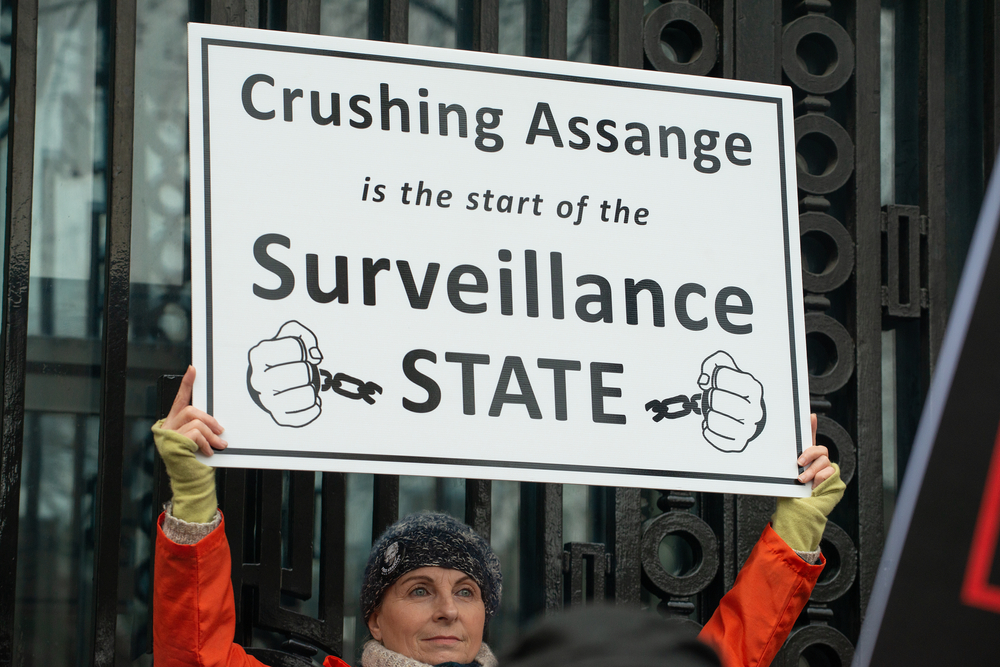
For example, here’s a quote from inside of one of the documents. “While the overall result is in line with most of the industry positions on this matter, please note that the EWG is currently meeting and there is still room for them to introduce new language. We will update you as new information become available, and will keep monitoring closely the process in these days should any input be requested from friendly EWG Members.”
This is the definition of captured agency! Understand it doesn’t mean that Big Pharma wholly owns the WHO. It means they’re able to get some policies made in their favor.
Those policies typically involve the buying of their product, giving them more profits that can then be used to do more lobbying and regulatory capture.
Here is a specific example of the results of such…
WHO Fueling the Opioid Epidemic
My Medical Monopoly Musings covered some of the ruthless tactics of pharmaceutical companies in spreading opioids across the US and the world. (See #20-#24 for specifics.)
How they did fraudulent science to show that opioids weren’t addictive. How they bribed doctors and professional organizations and hospitals. How they even got into the opioid addiction treatment business to cover both ends of the game. How the DEA tracked the numbers but did nothing.
Before my research this morning, I was not aware of how the WHO was involved. But of course they were!
In 2019, US Congress representatives Katherine Clark and Hal Rogers, released the report Corrupting Influence Purdue & the WHO: Exposing Dangerous Opioid Manufacturer Influence at the World Health Organization. Some revelations include:
- The WHO Collaborating Centre for Policy and Communications in Cancer Care at the University of Wisconsin Pain & Policy Studies Group received $1.6 million from Purdue Pharma from 1999 to 2010.
- The official WHO guidelines, “Achieving Balance in National Opioid Control Policy: Guidelines for Assessment,” relies on “the oft-repeated Purdue claim that dependence occurs in less than one percent of patients, despite no scientific evidence supporting this claim and a multitude of studies contradicting it.”
- The WHO changed its policy to recommend Oxycontin in both steps 2 and 3 of its 3-step pain ladder, whereas previously they were just in one step. This was Purdue’s goal to sell more drugs.
- “The WHO is unambiguously recommending that highly addictive opioids should be available to children even though they openly recognize that there is little evidence to support that recommendation, and that any further research on the topic would ‘likely’ change the suggested course of action.” Wow! Actually it doesn’t surprise me because drug companies do prey on children.
- The report concludes, “The World Health Organization is intended to be a steward of the public trust. By allowing Purdue and the opioid industry to influence guidelines on how opioids should be prescribed and regulated, the WHO has violated that trust. The agency owes the public an explanation. The WHO must explain why these documents have been crafted with the input of people with decades of financial relationships with the opioid industry and written to include specific policy changes envisioned by Purdue.”
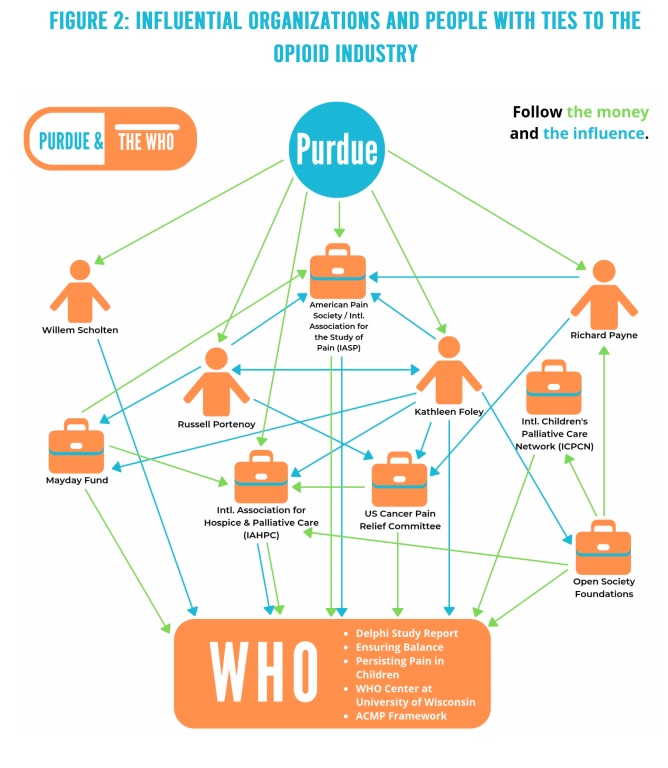
With major money you can influence plenty of key people and organizations as this map shows.
Pain management is just one of many topics covered my the WHO.
Former WHO Director General Warns of Pharma Industry Taking Over
Halfdan Mahler was the WHO Director General from 1973 to 1988. In 1988 the Danish newspaper Politiken warned against exactly this happening with the pharmaceutical industry. He was quoted as saying, “the industry is taking over WHO.”
That was back then! Remember once corruption has a foothold it expands over time. The WHO changed their policy to allow private funding in or around 2005. This allows for more industry influence.
An article in the Journal of Integrative Medicine and Therapy by Søren Ventegodt states, “The results from the Cochrane reviews, which most researchers regard as a much more reliable source of information on medicine than the data coming from the pharmaceutical industry itself, clash harshly with the recommendations of WHO in its drug directories…Many drugs listed in the WHO drug directories, like “WHOs model list of essential medicines”, have no value as medicine according to Cochrane reviews, since the drugs are dangerous, often harmful, and without significant beneficial effects for the patient.”
Unfortunately, the drug companies now have their influence spread into the Cochrane reviewers and databases too! But it started out as a noble and useful venture but they couldn’t allow good science to continue to refute them.
Another WHO Whistleblower
“At a meeting between the Director-General and prospective vaccine manufacturer most of our colleagues were excluded. Me too. I was a head of department in the WHO and one of the Director General’s closest associates, an important member of staff in the organization. On that specific day I went down to the conference room and the person at the door said: “No, this is a private meeting.’ Even though I was a leading official at the WHO, responsible for an important topic that was under discussions there. I wasn’t allowed to enter. That demonstrates that there wasn’t enough transparency about what was being negotiated.”
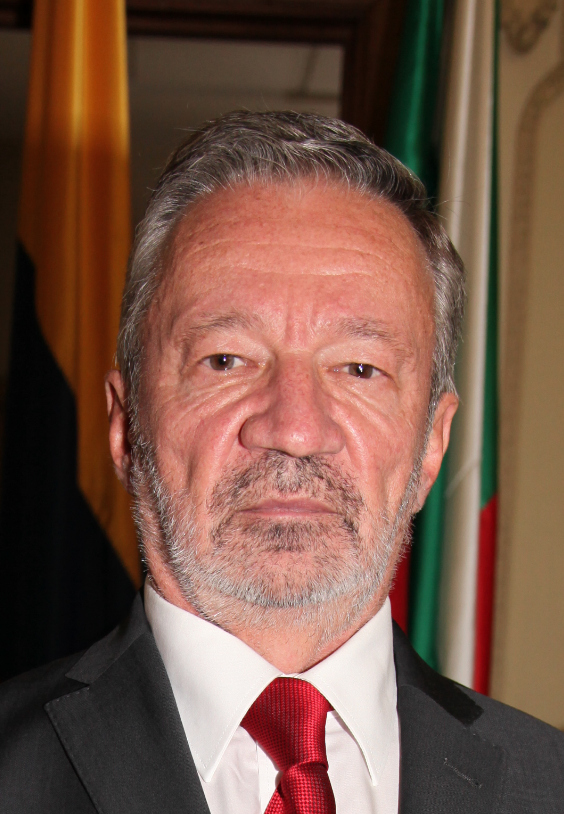
I’m hypothesizing here but such a meeting could involve an agreement on a policy or decision that would benefit such a manufacturer just like we saw evidence of with opioids. Likely, there would be some sort of quid pro quo in doing so for the WHO or specific people at the WHO.
Once again, there are good people at the WHO that really want to help. Unfortunately, these people are locked out, quit or otherwise have their influence minimized as the corrupting influence spreads.
I was trying to find out the specific dates Velasquez worked at this position and I stumbled on an interesting report about him. (pg. 9-10)
Back in 2001 he was the Director of WHO’s Drug Action Programme. He was mugged and robbed in Rio de Janeiro. Two days later he was attacked again in Miami on Lincoln Road with one attacker saying, “Let’s hope you learnt a lesson from Rio. Stop criticizing the pharmaceutical industry.” Then ten days later he received a midnight phone call which asked him “Are you afraid?” He asked what this was about and the reply was “Miami, Lincoln Road.” Later the same voice called him telling him not to attend a World Trade Organization meeting on drug patent rights.
As is shown across the world, Big Pharma has ways of getting people aligned to its interests and of criticizing, hampering and threatening those that refuse to play ball.
What else would you expect from “organized crime” which the pharmaceutical industry fits the definition of?
Swine Flu (H1N1) Pandemic
Back in 2009, ABC News reported, “The World Health Organization may have inadvertently triggered a new wave of fear over the threat of a swine flu pandemic today by suggesting that up to 2 billion people could be infected if the current outbreak worsens.”
Only 11 years ago, yet if you review this case you see some interesting parallels…
The WHO changed their rules about levels of pandemic for this one, lessening the severity of disease required. “When then asked by a CNN reporter to explain the decision to declare Phase 5 in the light of the fact the WHO had previously maintained a pandemic entailed large numbers of human fatalities and severe illness, the response of the secretariat was to delete its guidelines from its website.”
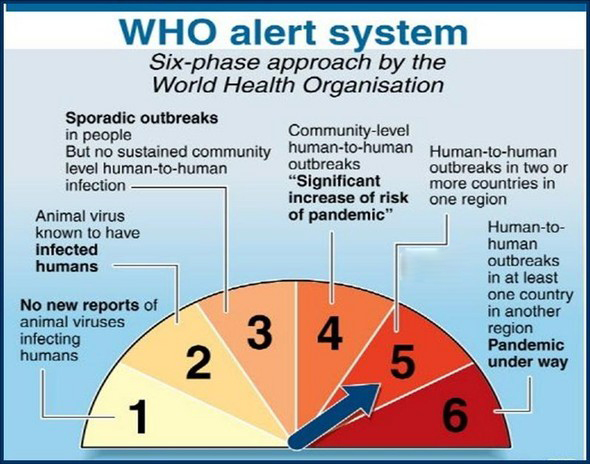
The reason for the change? A level 5 pandemic would then activate policies already in place where countries had to buy drugs and vaccines.
The Council of Europe is an official United Nations Observer. They launched an inquiry into the WHO’s handling of the pandemic scandal. The resolution for the inquiry stated, “In order to promote their patented drugs and vaccines against flu, pharmaceutical companies influenced scientists and official agencies, responsible for public health standards to alarm governments worldwide and make them squander tight health resources for inefficient vaccine strategies and needlessly expose millions of healthy people to the risk of an unknown amount of side-effects of insufficiently tested vaccines.”
Wolfgang Wodarg, chair of the Council of Europe states in the documentary, “The situation was evaluated correspondingly by the Council of Europe. Reprimand was issued. The lack of transparency, the role of the experts who were being paid by the pharmaceutical industry. Then changes were demanded, but the WHO didn’t respond to the Council of Europe. The WHO only turned up for the first hearing and then didn’t come again. It didn’t have to. It isn’t obliged to supply us with any information. We can’t demand to confiscate the files, look through them. It is impossible. There isn’t anybody who can do those things. And there’s no investigating commission like in Parliament where the MPs can go and say something has to stop and then everybody has to turn up and show their files. There’s nothing like that. The WHO can operate in a very clandestine fashion.”
So nothing much changed…
As I previously reported, in the US, the CDC did similar things, including stopping actual counting of the swine flu cases while reporting large numbers and telling people to get he vaccine.
Rampant Conflicts of Interest
How is this all possible? Conflicts of interest of course. Articles in the BMJ point out more detail:
“WHO enduringly failed to have a policy regarding conflicts of interest…Juhani Eskola (Finland) a member of the WHO group ‘Strategic Advisory Group of Experts’ (SAGE) has received 6 million Euros for his research center from the vaccine manufacturer GlaxoSmithKline during 2009.”
“WHO chose not to disclose financial conflicts of interest among industry sponsored experts guiding its influenza policy.”
Disclosure is not always clear. Regarding these the BBC reported, “It is not clear whether these conflicts were notified privately by WHO to governments around the world, the BMJ said, and a request to see conflict of interest declarations was turned down. In addition, membership of the “emergency committee” which advised WHO’s director general Margaret Chan on declaring an influenza pandemic has been kept secret. It means the names of the 16 committee members are known only to people within WHO, and as such their possible conflicts of interest with drug companies are unknown.”
Of course, as should be expected, the WHO dismissed this stuff as “conspiracy theories.” Let’s see. You’re having secret meetings. You’re hiding conflicts of interest. You change your long held rules and cover that up. Your partners make a boat load of money from doing so…but nothing to see here folks!
There’s plenty more examples. “Dr Neil Ferguson reported receiving small consultancy fees from Baxter, GlaxoSmithKline and Roche for serving on scientific advisory boards and presenting at symposiums. He also received limited amount of consultancy fees from insurance companies (Swiss Re, RMS Ltd.,) and Serco Ltd., a logistics company for advice on pandemic risk and planning. These payments occurred prior to 2008.”
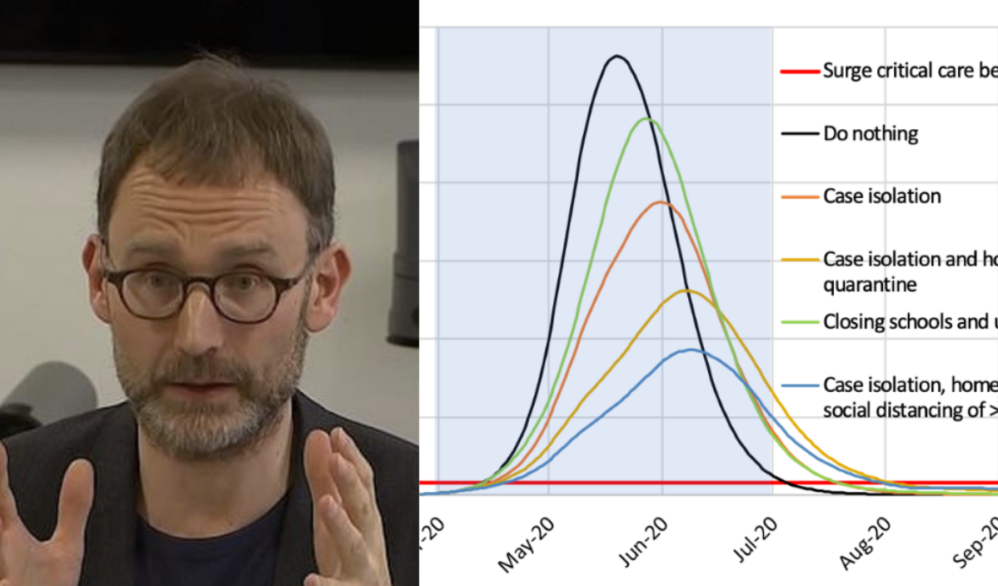
I’m very curious as to what exactly those “small” and “limited” consultancy fees are.
He’s part of SAGE, Scientific Advisory Group for Emergencies, that advises the UK and don’t reveal any information about their doing so. (Because science done in secret is always the best way to do science!)
So we have a wide range of disclosed, partially disclosed and undisclosed conflicts of interest. This, the money flowing, is how corruption occurs. It’s not just Big Pharma, but we see it elsewhere too.
Genetically modified food, pesticide use or EMF’s. (Yeah, we haven’t even covered those areas but it happens in them all.) And it happens in nuclear energy too…
WHO and Chernobyl
Drug companies are not the only regulatory capture problem!
I don’t know much about Chernobyl. It happened when I was one year old. Just recently I watched the HBO limited series on it. Obviously, I do not take the show as what really happened, but it was eye-opening nonetheless.
Here is what the WHO says regarding Chernobyl on its website:
“A total of up to 4000 people could eventually die of radiation exposure from the Chernobyl nuclear power plant (NPP) accident nearly 20 years ago, an international team of more than 100 scientists has concluded. As of mid-2005, however, fewer than 50 deaths had been directly attributed to radiation from the disaster, almost all being highly exposed rescue workers, many who died within months of the accident but others who died as late as 2004.”
Fifty directly dead? That number seems very low if you know anything about radiation. Does it seem low to you?
Robert Parsons, a freelance journalist, wrote, “For 55 years, as of May 29, 2014, the World Health Organization (WHO) has been under the heel of the International Atomic Energy Agency (IAEA) in matters regarding ionizing radiation and health. The IAEA, whose mandate is the promotion of everything nuclear, has thus prevented the WHO from carrying out its public health mandate in a world more and more exposed to the lethal effects of ionizing radiation.”
If you want to dive deeper into this matter, then read Parsons article . There’s plenty more to this story such as:
- The 1995 WHO Chernobyl Conference as organized by then Director General Dr. Hiroshi Nakajima that drew 700 scientists. Although the proceedings from the conference were promised, these never appeared. After retirement, Nakajima said that these were blocked by the IAEA.
- Meanwhile the New York Academy of Sciences published a translation of a 2007 Russian publication that calculated the death toll from 1986 to 2004 at 985,000. Just a bit different from the official WHO estimate!
- Because of all this Independent WHO, a grassroots movement, held a daily protest from 8am to 6pm in front of WHO headquarters every single working day for ten years (from April 26th 2007 to April 26th 2017). Their goal was to remind the WHO that it is failing in its duty to protect those populations who are victims of radioactive contamination. After a decade of continued official denial they stopped the protest to focus on other methods.
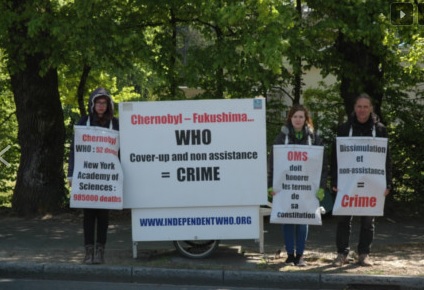
WHO and Fukushima
With that track record in Chernobyl, it shouldn’t be so surprising that we see more failings for the WHO in regards to Fukushima.
NY Times reported in an piece titled, ‘W.H.O. Sees Low Health Risks From Fukushima Accident’ that “A study published on Thursday by the World Health Organization on the health risks associated with the disaster at the Fukushima Daiichi Nuclear Power Plant suggested that the risk for certain types of cancers had increased slightly among children exposed to the highest doses of radioactivity, but that there would most likely be no observable increase in cancer rates in the wider Japanese population.”
On this, Alison Katz said “I worked for the World Health Organisation myself for 18 years and since I have left I have been involved with ‘Independent WHO’, which works in the area of radiation and health…The Japanese people are already talking. And they are reporting very, you know, very serious health effects in children that the World Health Organisation is ignoring, is not talking about, doesn’t mention in its report. You know, at the time of Chernobyl the people couldn’t talk freely…The other major omission is that the World Health Organisation has never considered anything except cancer as a health effect.”
Meanwhile, the director-general of the WHO at the time Margaret Chan acknowledges that no amount of radiation is good to get in direct contradiction to the WHO and IAEA. “For me, no radiation inside the body is good.”
Industry influence. Cover-ups. Denial of science. Internal censorship. Check, check, check, check.
Can you believe we’re just getting started? Even more in the next part…
